Home>Furniture & Design>Interior Design Trends>What Kind Of Flooring For A Sunroom
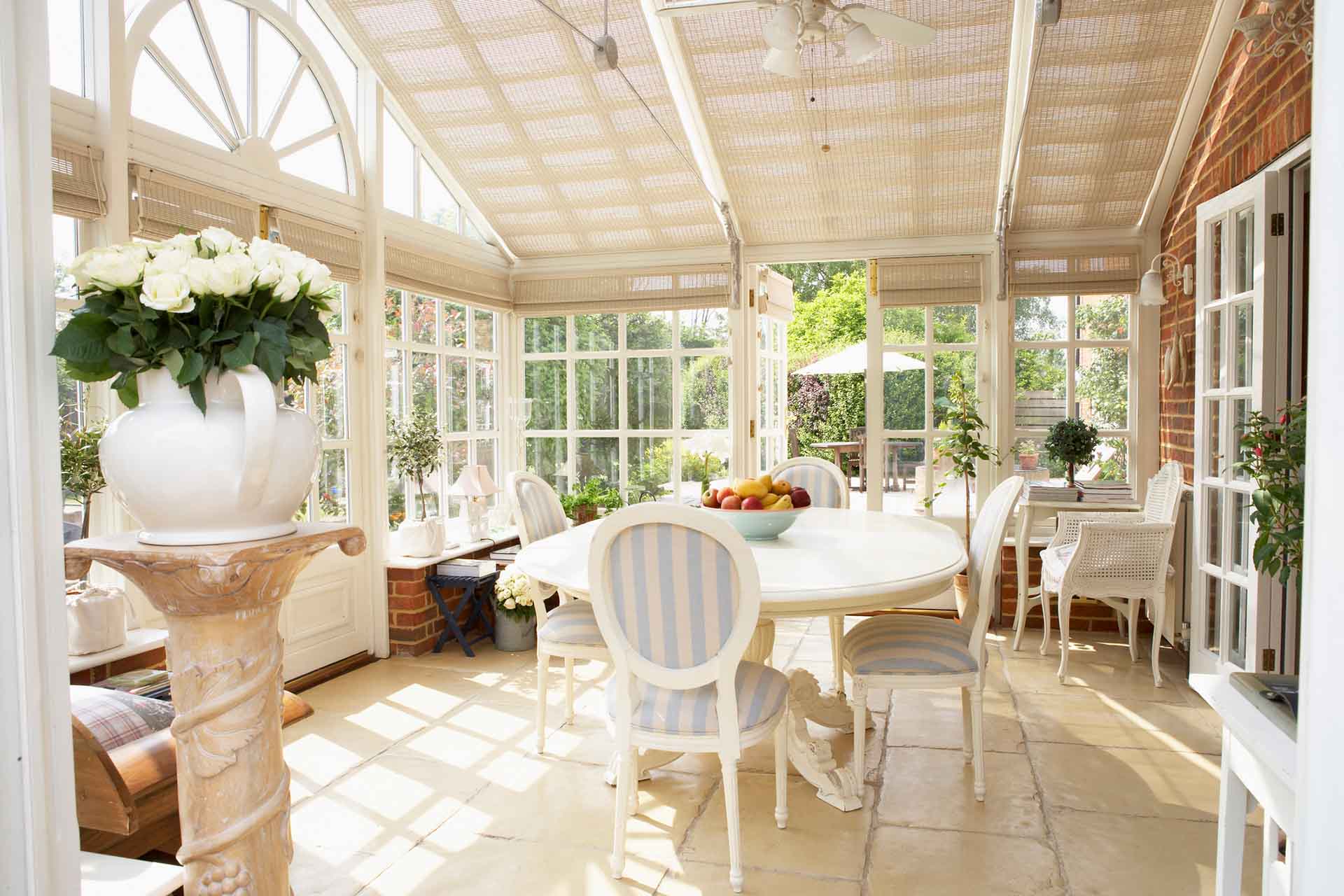

Interior Design Trends
What Kind Of Flooring For A Sunroom
Modified: January 19, 2024
Discover the latest interior design trends for sunroom flooring. Find the perfect flooring options for your sunroom with our expert tips and advice.
(Many of the links in this article redirect to a specific reviewed product. Your purchase of these products through affiliate links helps to generate commission for Storables.com, at no extra cost. Learn more)
**
Introduction
**
When it comes to designing a sunroom, choosing the right flooring is a crucial decision that can significantly impact the overall aesthetic appeal and functionality of the space. A sunroom serves as a bridge between the comfort of the indoors and the beauty of the outdoors, offering a tranquil sanctuary to bask in natural light and enjoy the surrounding landscape. Therefore, the flooring for a sunroom must strike a balance between durability, visual appeal, and practicality. With an array of options available, each with its unique characteristics, making an informed decision is essential to ensure that the flooring complements the sunroom's purpose and design. In this guide, we will explore the various factors to consider when selecting sunroom flooring and delve into the pros and cons of different flooring types, empowering you to make a well-informed choice that aligns with your vision for the perfect sunroom retreat.
**
Key Takeaways:
- Choose sunroom flooring based on sunlight exposure, moisture resistance, and durability. Hardwood offers elegance, while vinyl and laminate provide cost-effective options with diverse designs.
- Consider pros and cons of each flooring type for your sunroom. Hardwood exudes timeless elegance, while tile boasts excellent moisture resistance. Make an informed choice that aligns with your vision.
Read more: How To Insulate A Sunroom Floor
Factors to Consider
**
Before delving into the specific types of flooring suitable for a sunroom, it’s essential to consider several factors that can influence your decision-making process:
- Sunlight Exposure: Sunrooms are designed to embrace natural light, so it’s important to select flooring that can withstand prolonged exposure to sunlight without fading or warping. Consider the sunroom’s orientation and the amount of direct sunlight it receives throughout the day.
- Moisture Resistance: Given the proximity to outdoor elements, the flooring must be resilient to moisture and humidity. Sunrooms are susceptible to temperature variations and occasional exposure to rain, making moisture resistance a critical factor in choosing the right flooring material.
- Aesthetic Appeal: The flooring should harmonize with the sunroom’s design theme and complement the surrounding decor. Whether you prefer a rustic, natural look or a sleek, modern aesthetic, the flooring choice can significantly impact the overall ambiance of the space.
- Durability: Sunroom flooring should be durable enough to withstand heavy foot traffic, furniture placement, and potential outdoor debris being tracked inside. It’s essential to choose a material that can maintain its quality and appearance over time.
- Maintenance Requirements: Consider the level of maintenance each flooring option demands. Some materials may require regular sealing or refinishing, while others offer low-maintenance convenience.
- Comfort and Insulation: The flooring should contribute to the comfort of the sunroom, providing adequate insulation and a pleasant underfoot feel. This is especially important if you plan to use the sunroom year-round.
By carefully evaluating these factors, you can narrow down the options and make an informed decision that aligns with your preferences and the practical needs of your sunroom.
**
Types of Flooring
**
When it comes to selecting the ideal flooring for a sunroom, various options offer a blend of style, functionality, and resilience. Each type of flooring brings its unique characteristics to the space, catering to different aesthetic preferences and practical requirements. Here are some popular choices for sunroom flooring:
- Hardwood Flooring: Hardwood floors exude timeless elegance and warmth, making them a popular choice for sunrooms. They add a touch of natural beauty and can seamlessly connect the indoor and outdoor spaces. However, it’s essential to choose a hardwood species that can withstand fluctuations in temperature and humidity.
- Laminate Flooring: Offering versatility and affordability, laminate flooring provides a wide range of designs, including wood, stone, and tile effects. It is relatively low-maintenance and can resist fading from sunlight exposure, making it a practical option for sunrooms.
- Tile Flooring: Tile flooring comes in various materials, such as ceramic, porcelain, or natural stone, each offering distinct aesthetics and durability. It is moisture-resistant and easy to clean, making it suitable for sunrooms exposed to outdoor elements.
- Vinyl Flooring: Vinyl flooring is known for its resilience and water resistance, making it an ideal choice for sunrooms. It comes in a plethora of designs, including wood and stone patterns, offering a cost-effective way to achieve the desired look without compromising on durability.
- Carpeting: While less common in sunrooms, carpets can add comfort and warmth to the space. Indoor-outdoor carpets are designed to withstand moisture and sunlight exposure, making them a viable option for creating a cozy ambiance in the sunroom.
- Concrete Flooring: Sturdy and versatile, concrete flooring can be stained, stamped, or polished to create a customized look for the sunroom. It offers durability and is well-suited for sunrooms with a modern or industrial design aesthetic.
Each type of flooring presents distinct advantages and considerations, allowing homeowners to tailor their choice to the specific needs and style preferences of their sunroom.
**
Consider using a durable and water-resistant flooring option for your sunroom, such as porcelain tile, luxury vinyl planks, or stained concrete. These materials can withstand the sunlight and temperature changes often found in sunrooms.
Pros and Cons of Each Flooring Type
**
Understanding the pros and cons of each flooring type is essential in making an informed decision for your sunroom. Let’s explore the unique characteristics of the various flooring options:
- Hardwood Flooring:
– *Pros:* Timeless aesthetic appeal, natural warmth, seamless transition between indoor and outdoor spaces, can be refinished to refresh appearance.
– *Cons:* Susceptible to moisture and temperature fluctuations, may require regular maintenance and refinishing to preserve quality, higher initial cost compared to other options. - Laminate Flooring:
– *Pros:* Wide variety of designs, cost-effective, low maintenance, fade-resistant, easy to install.
– *Cons:* Limited moisture resistance, may not offer the same authentic look and feel as natural materials, less durable than hardwood or tile. - Tile Flooring:
– *Pros:* Excellent moisture resistance, easy to clean, durable, wide range of styles and materials available.
– *Cons:* Cold underfoot in cooler months, grout lines require regular maintenance, can be hard and unforgiving to walk on. - Vinyl Flooring:
– *Pros:* Water-resistant, budget-friendly, diverse designs, comfortable underfoot, low maintenance.
– *Cons:* Susceptible to damage from sharp objects, may not add the same resale value as natural materials, can emit volatile organic compounds (VOCs). - Carpeting:
– *Pros:* Adds warmth and comfort, wide range of colors and textures, budget-friendly.
– *Cons:* Prone to staining and moisture retention, requires regular cleaning, may not offer the same durability as hard surfaces. - Concrete Flooring:
– *Pros:* Highly durable, customizable appearance, low maintenance, suitable for radiant heating systems.
– *Cons:* Hard and cold underfoot, can be prone to cracking, may require sealing for enhanced moisture resistance, limited insulation properties.
By weighing the advantages and drawbacks of each flooring type, you can align your choice with the specific needs and preferences of your sunroom, ensuring a harmonious blend of style, functionality, and longevity.
**
Conclusion
**
Choosing the right flooring for your sunroom is a significant decision that encompasses both practical considerations and aesthetic preferences. By carefully evaluating factors such as sunlight exposure, moisture resistance, durability, and maintenance requirements, you can narrow down the options and make an informed choice that aligns with your vision for the space.
Each type of flooring offers a unique set of advantages and considerations. Hardwood flooring exudes timeless elegance but requires careful maintenance, while laminate and vinyl flooring provide cost-effective options with diverse designs. Tile flooring boasts excellent moisture resistance, and carpeting adds warmth and comfort to the sunroom. Concrete flooring, on the other hand, offers durability and versatility, albeit with potential drawbacks in terms of comfort.
Ultimately, the ideal flooring choice for your sunroom will depend on your lifestyle, design preferences, and the specific demands of the space. Whether you prioritize natural warmth, low maintenance, or moisture resistance, there’s a flooring option that can cater to your needs and enhance the beauty and functionality of your sunroom.
By considering the pros and cons of each flooring type, you can make a well-informed decision that aligns with your vision for the perfect sunroom retreat. With the right flooring in place, your sunroom can seamlessly blend indoor comfort with outdoor allure, creating a tranquil haven that invites relaxation and rejuvenation throughout the seasons.
Frequently Asked Questions about What Kind Of Flooring For A Sunroom
Was this page helpful?
At Storables.com, we guarantee accurate and reliable information. Our content, validated by Expert Board Contributors, is crafted following stringent Editorial Policies. We're committed to providing you with well-researched, expert-backed insights for all your informational needs.
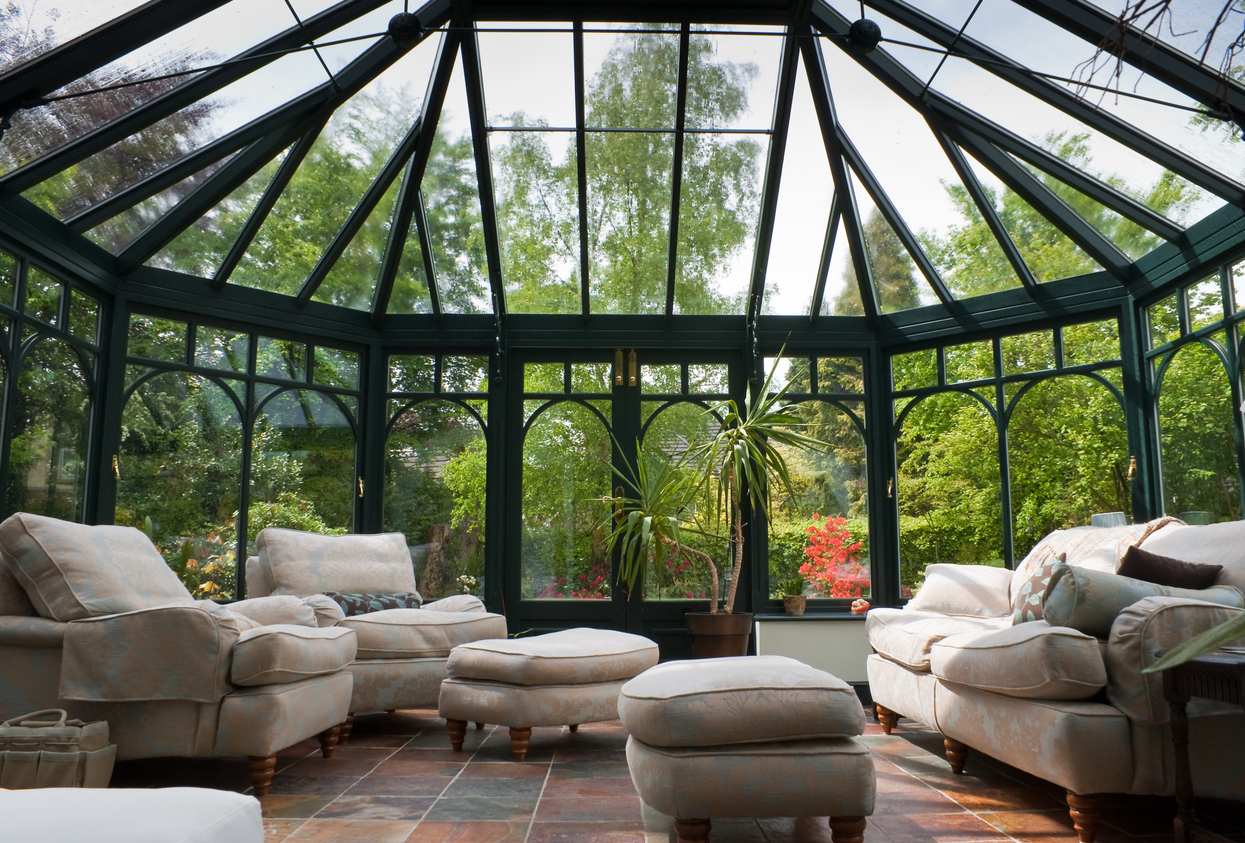
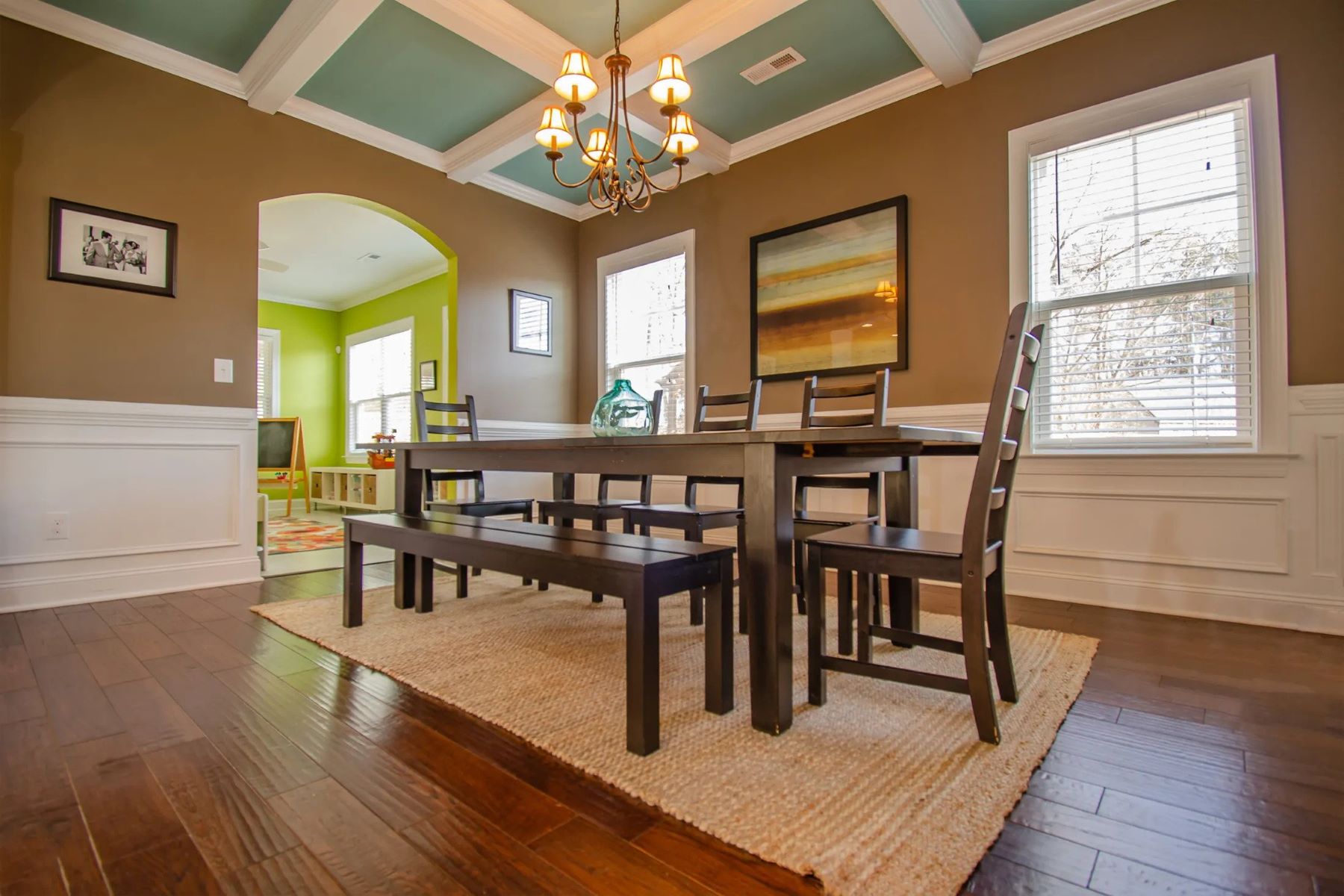
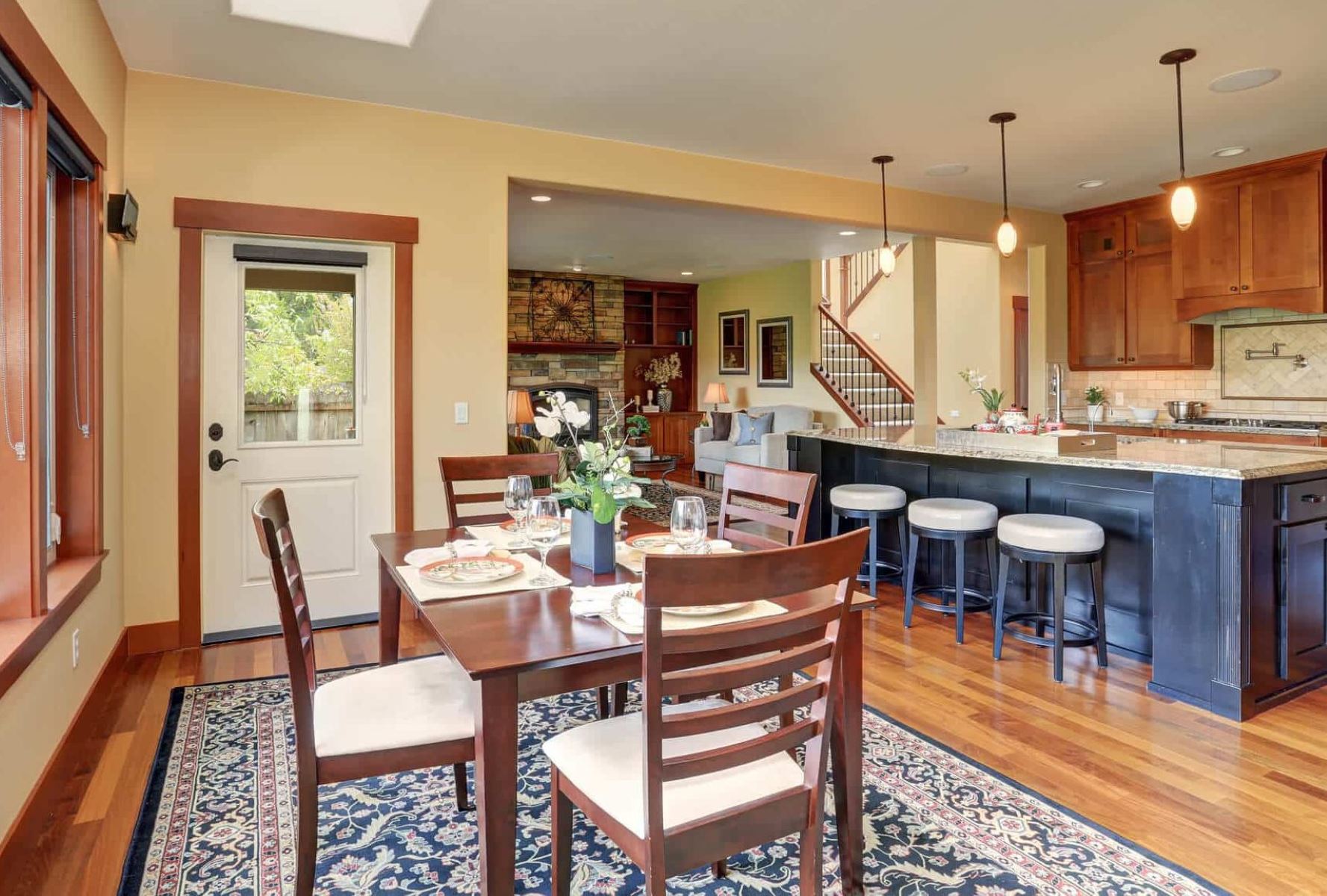
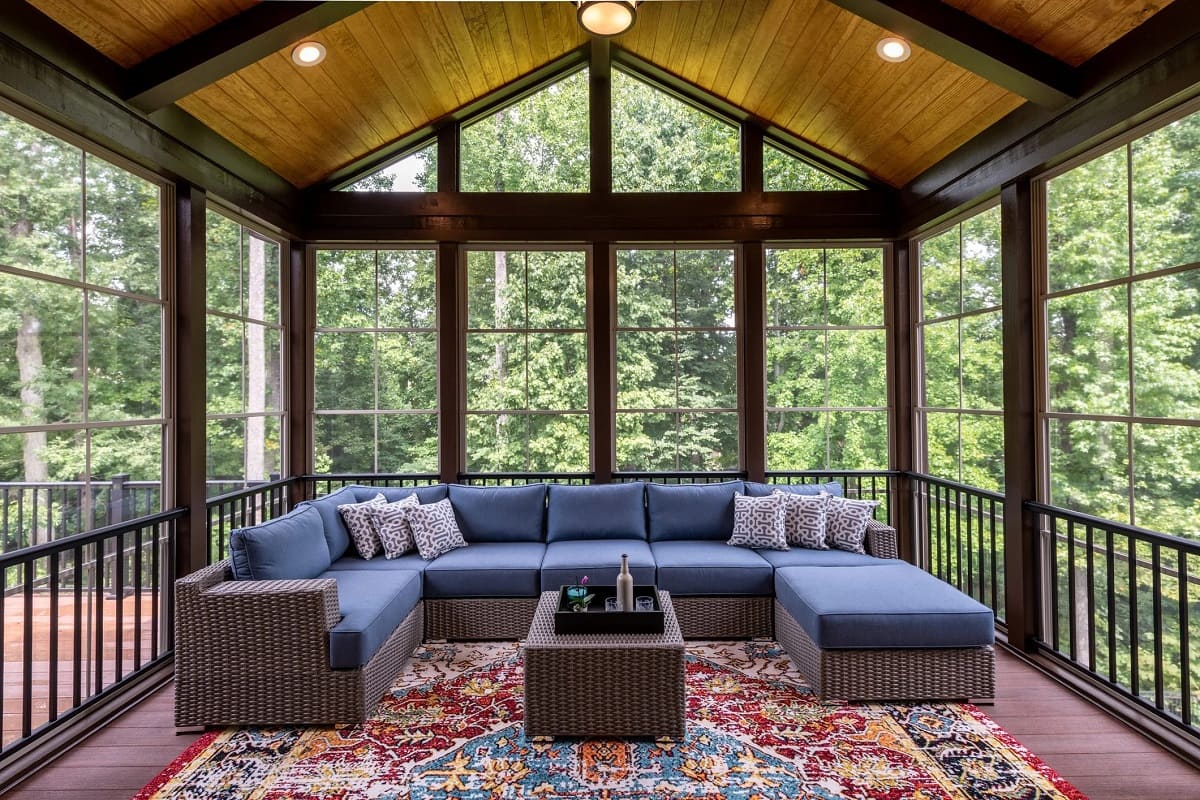
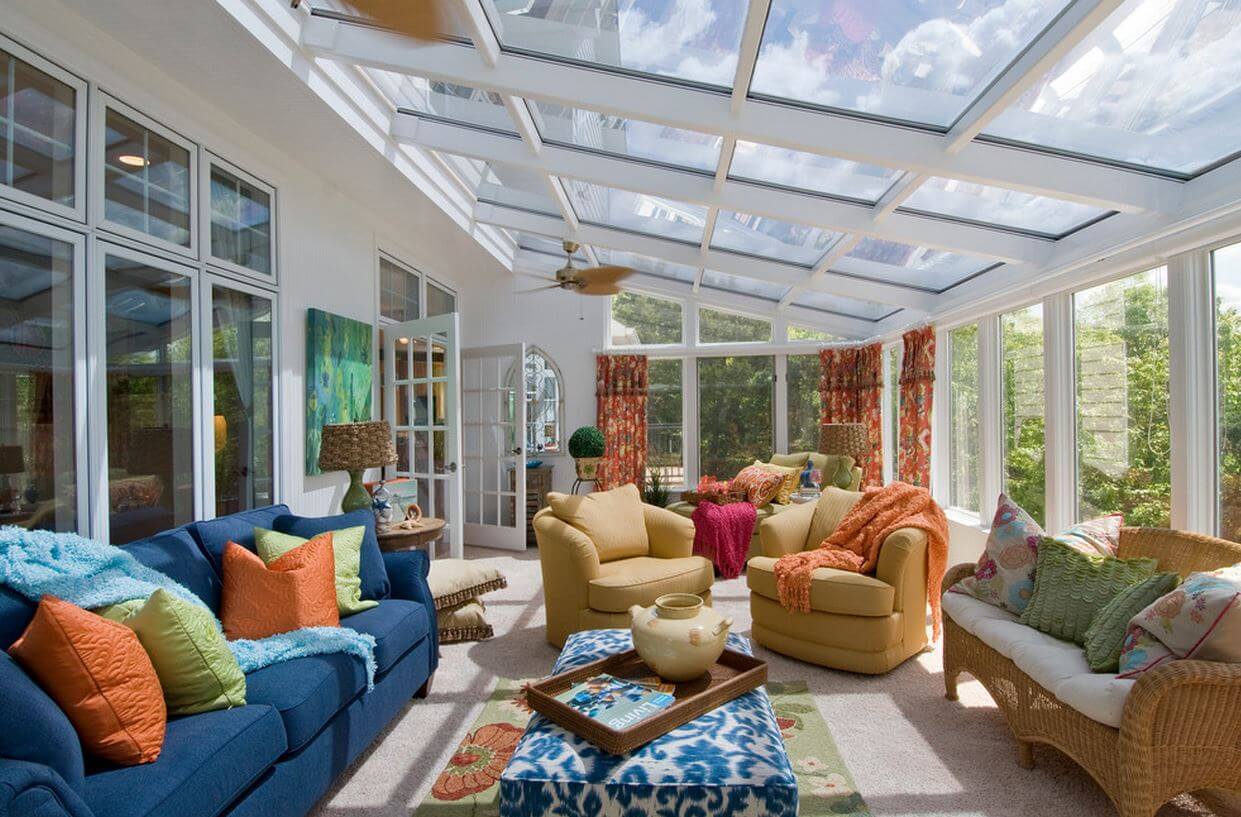
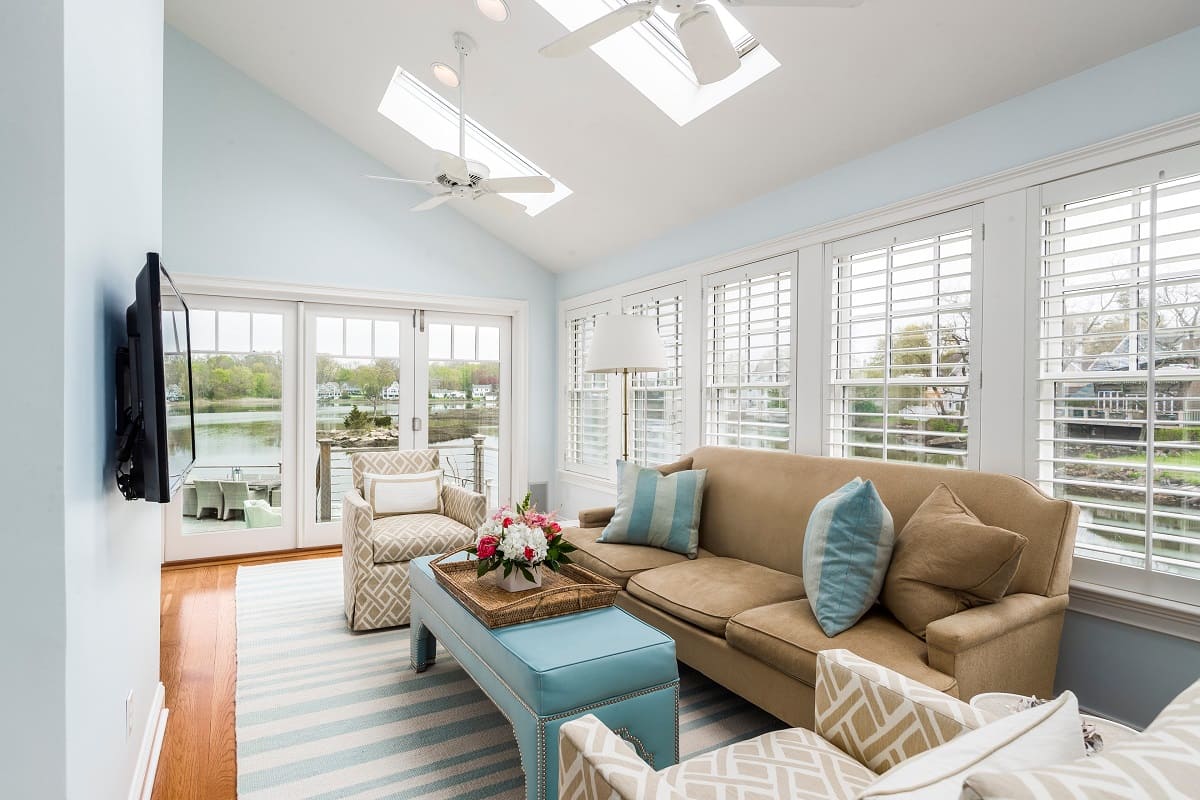
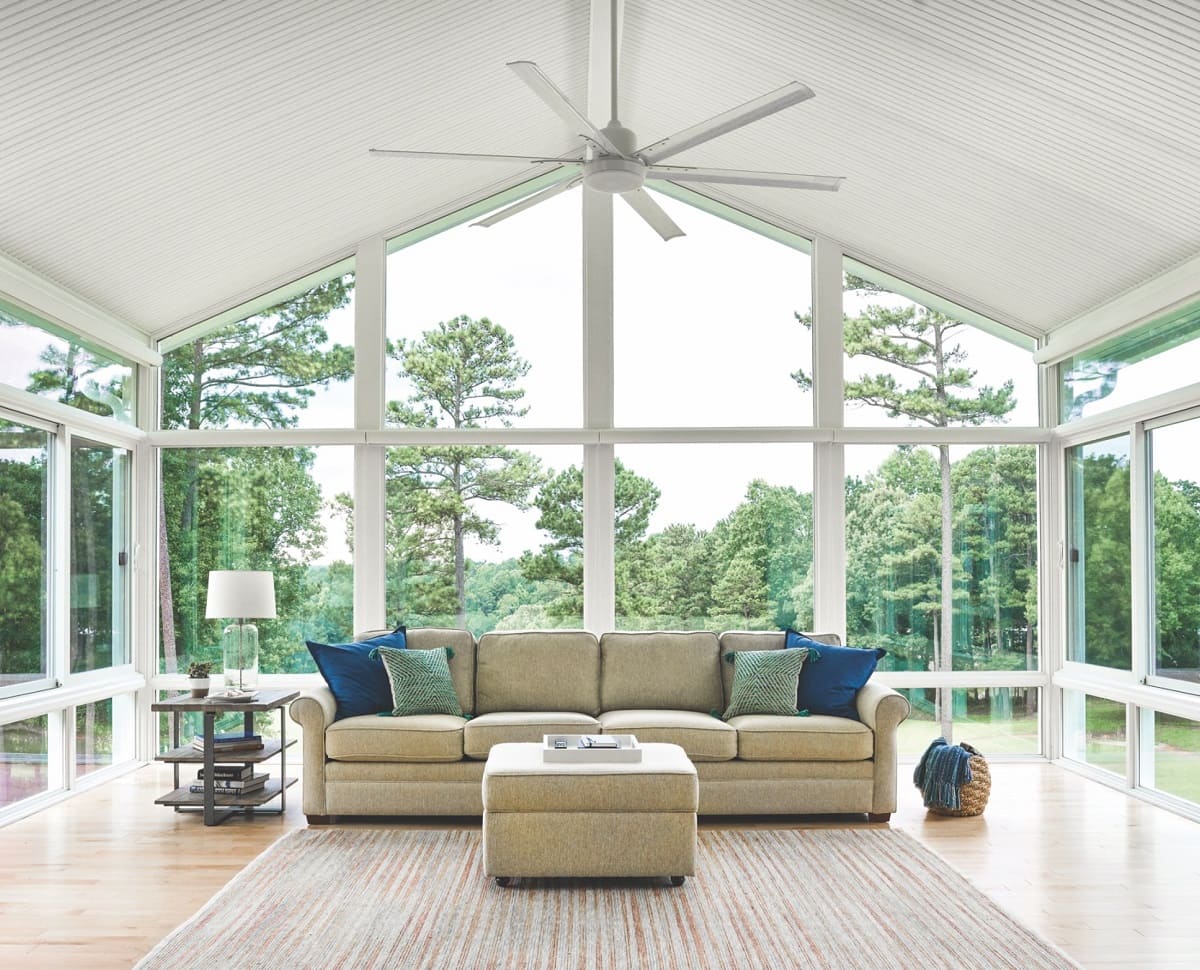
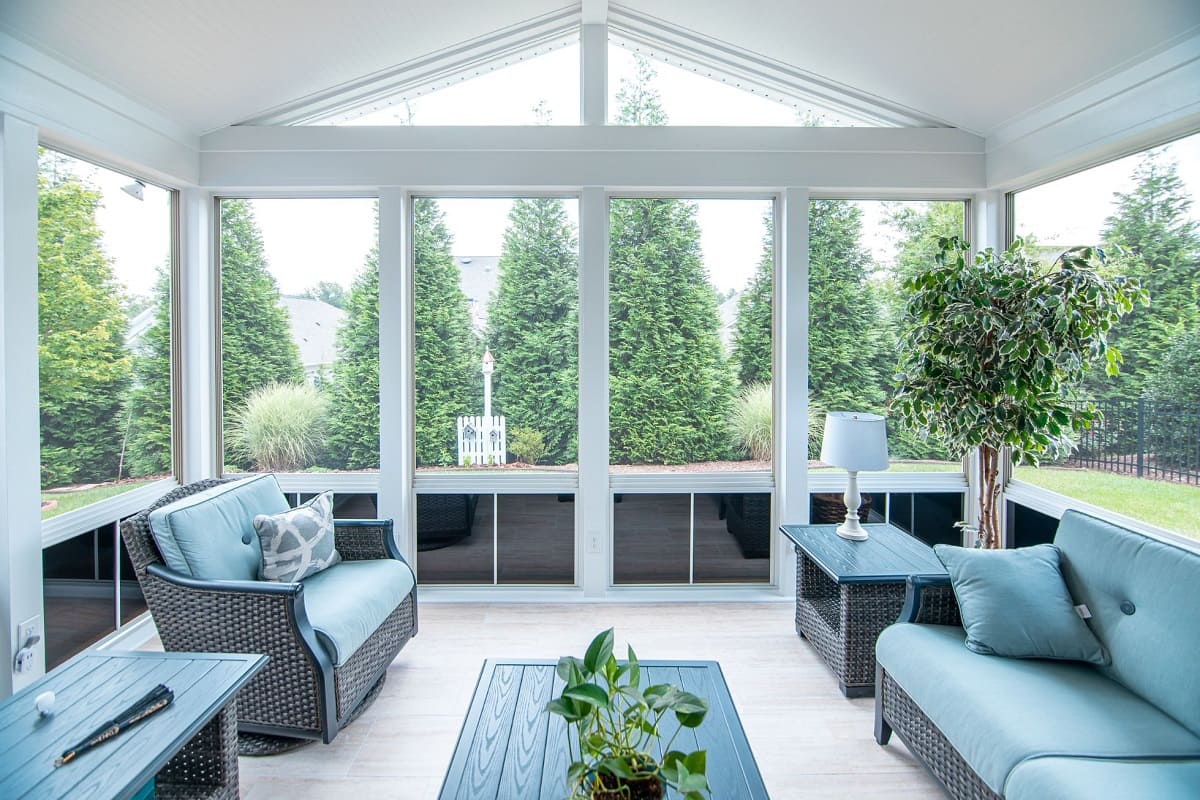
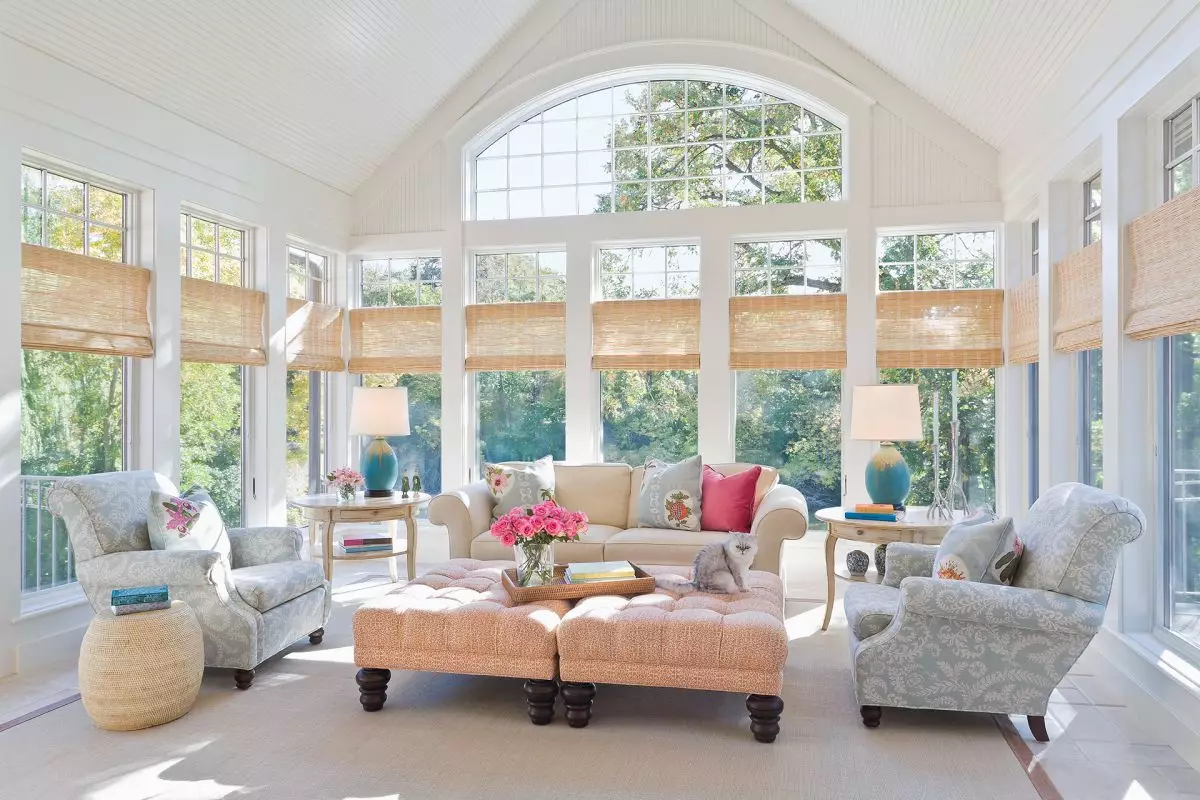
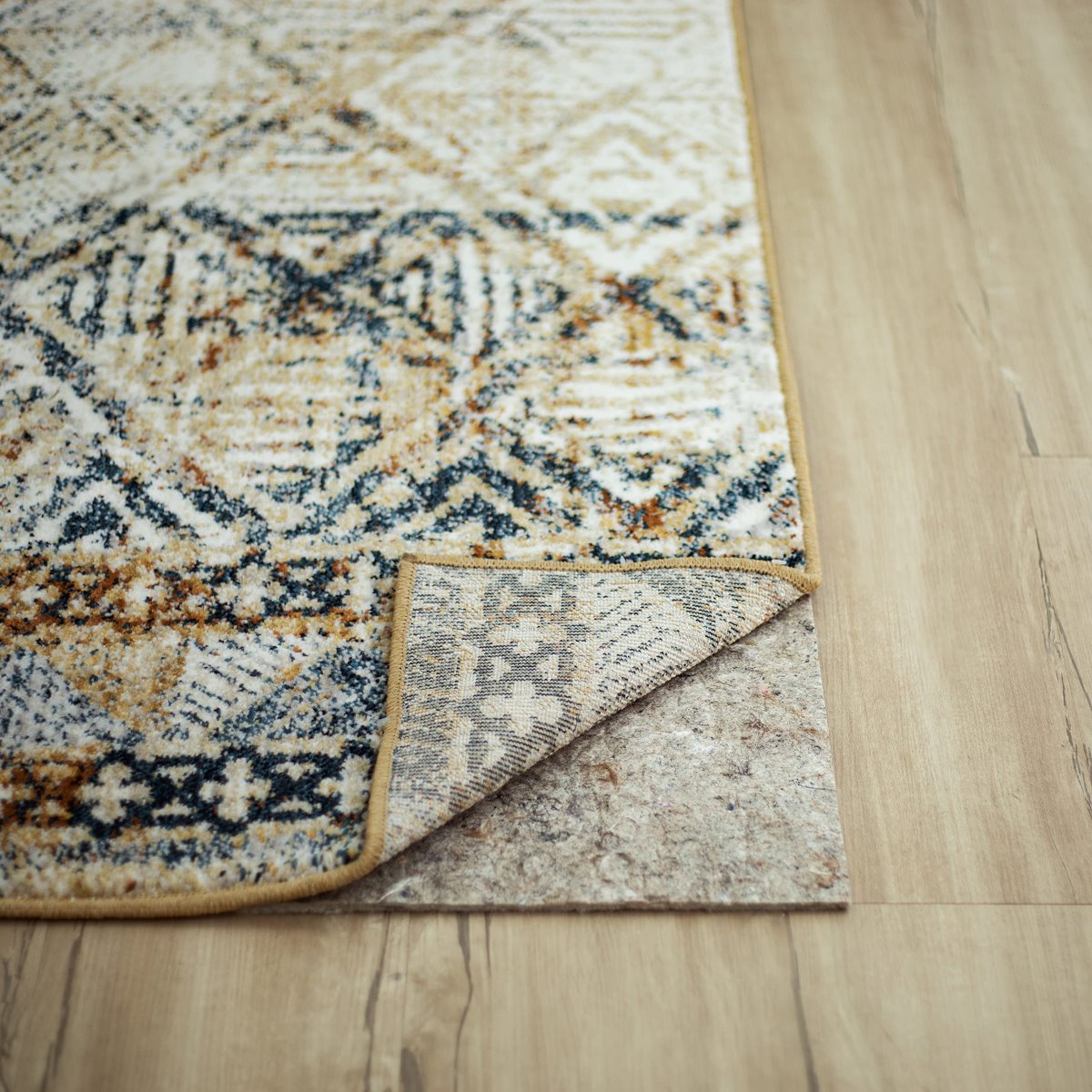
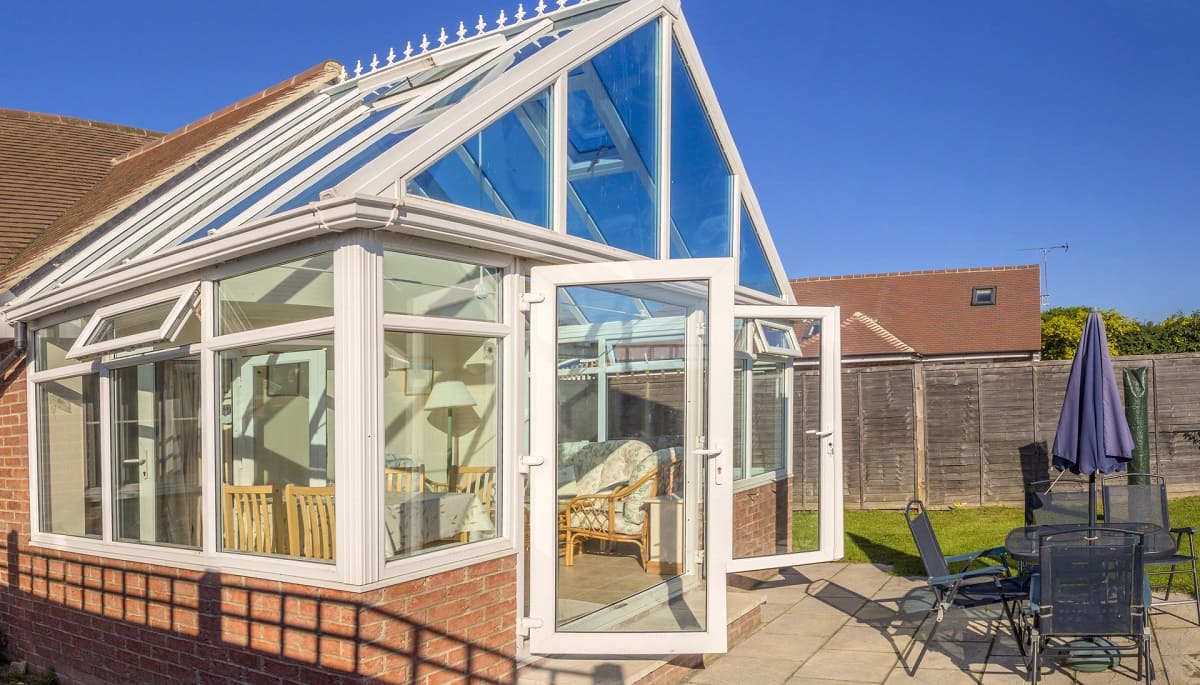
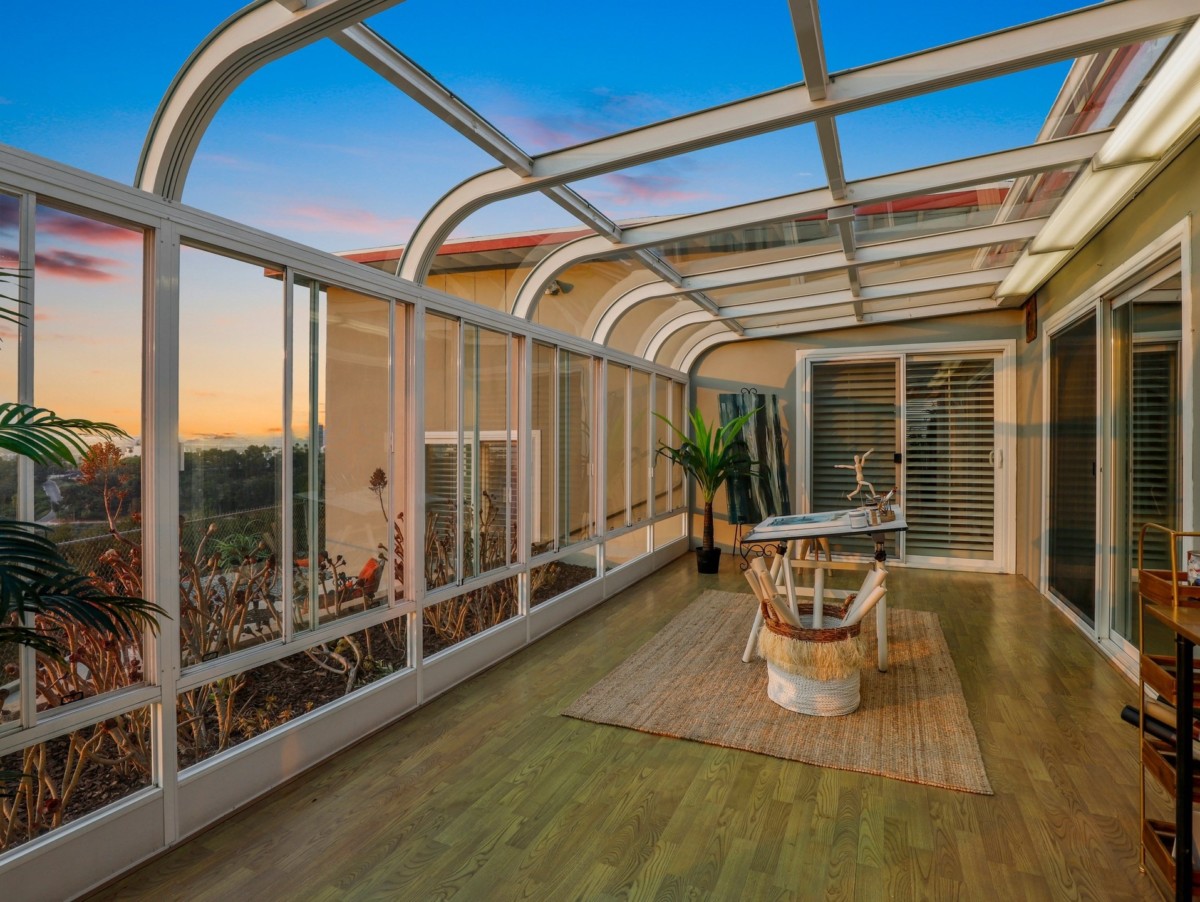
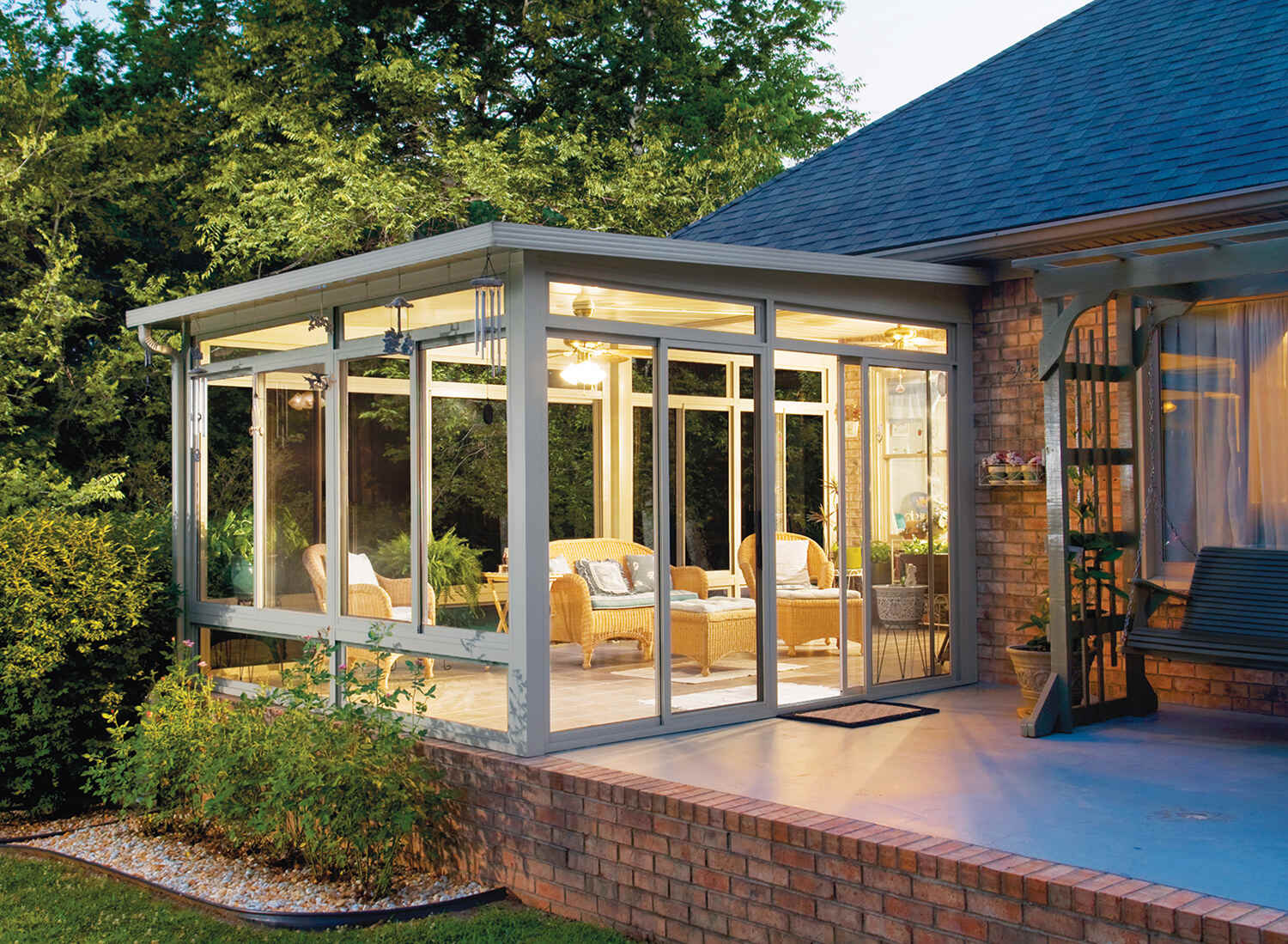
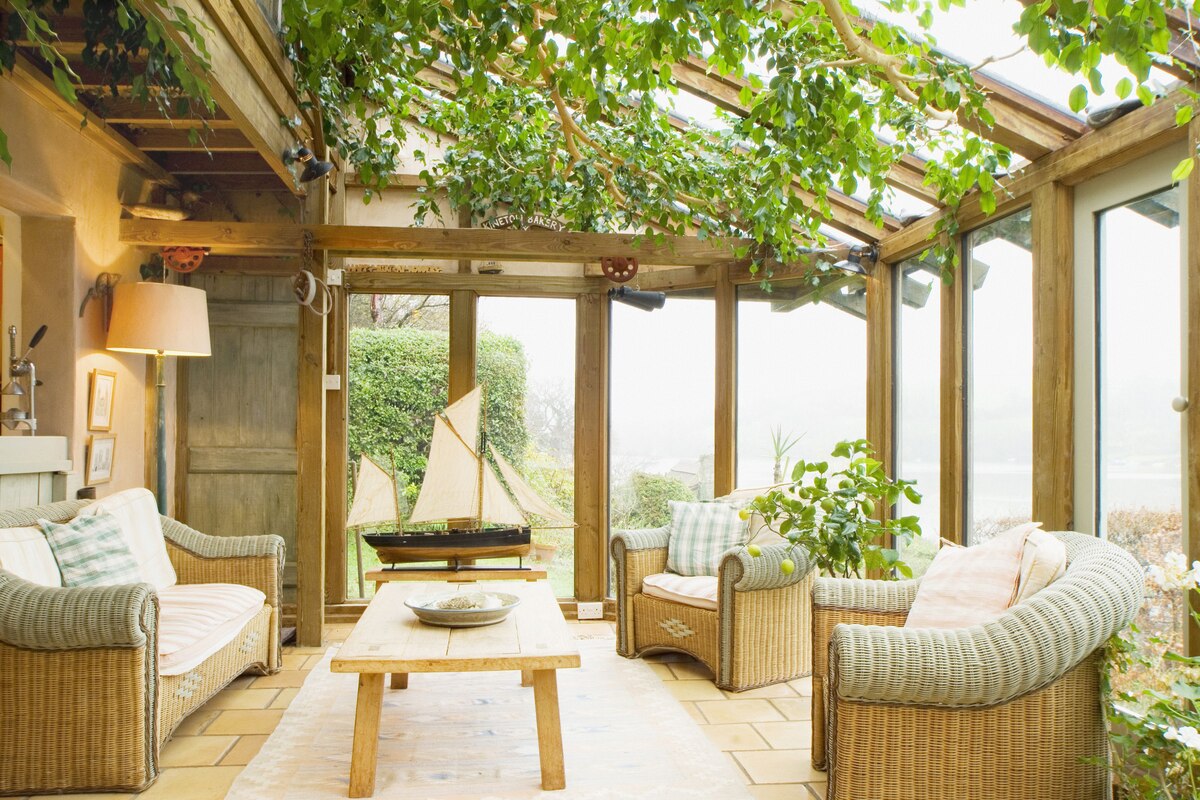
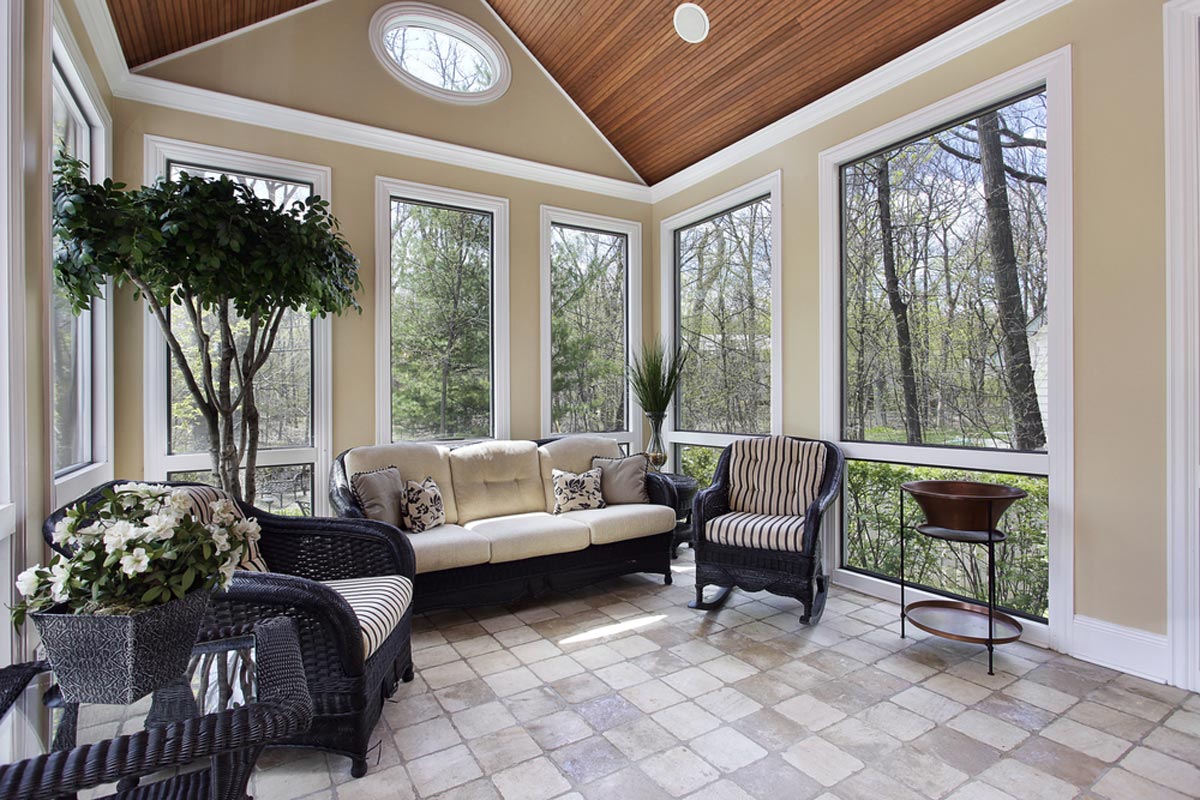

0 thoughts on “What Kind Of Flooring For A Sunroom”